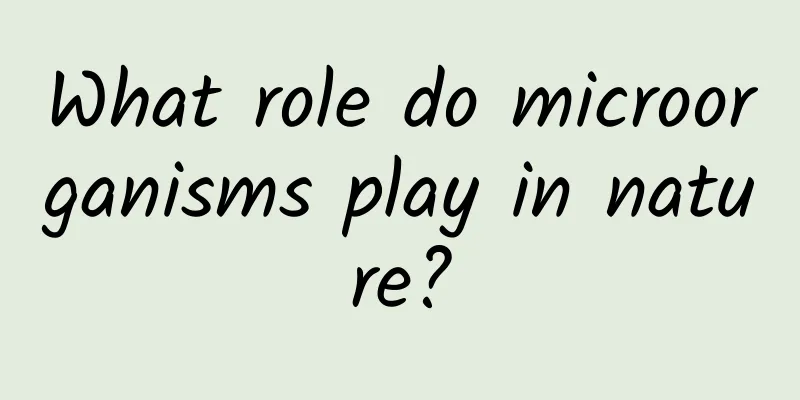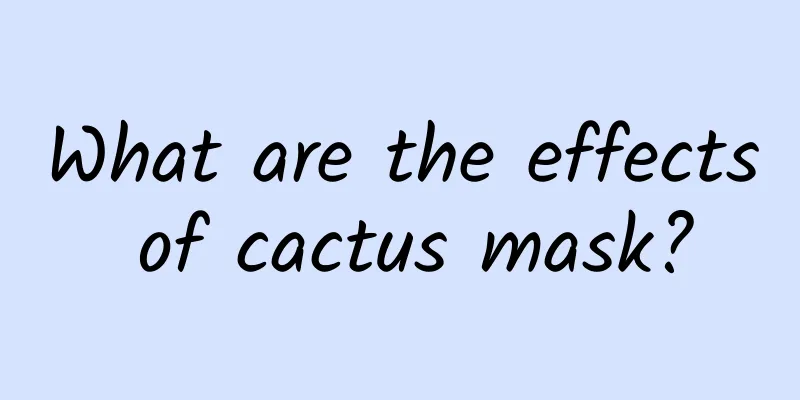What are the contraindications of Rehmannia glutinosa?

|
In today's world where traditional Chinese medicine is prevalent, everyone should be familiar with various important names. As we all know, there are incompatibility taboos when taking or injecting Western medicine. Similarly, there are also incompatibility taboos in traditional Chinese medicine. So, today, let's learn about the incompatibility taboos of Rehmannia glutinosa. Rehmannia root: Original name: Rehmannia root, also known as: Huaiqing Rehmannia root, Rehmannia root. A plant of the Scrophulariaceae family and Rehmannia genus, densely covered with grayish white multicellular long hairs and glandular hairs. The rhizome is fleshy and yellow when fresh. Under cultivation conditions, its diameter can reach 5.5 cm and the stem is purple-red. The leaves are usually gathered in a rosette shape at the base of the stem, and are strongly reduced to become bracts upwards, or gradually reduced and arranged alternately on the stem; the leaves are ovate to oblong, green above, slightly purple or purple-red below, and become one-chambered due to tearing of the septum when old, and are glabrous; the top of the style is enlarged into two lamellar stigmas. Capsule ovate to oblong ovate. It is cultivated in various parts of China and abroad. The rhizome is used for medicinal purposes. The Chinese medicinal material Rehmannia glutinosa is a processed product of raw Rehmannia glutinosa. It has a shiny black surface, is soft and flexible, tastes sweet, and is slightly warm in nature. It has the effects of nourishing yin and blood, replenishing essence and filling marrow. It is mainly used to treat liver and kidney yin deficiency, soreness of the waist and knees, bone steaming and hot flashes, night sweats and spermatorrhea, internal heat and thirst, blood deficiency and sallow complexion, palpitations, irregular menstruation, dizziness and tinnitus, and premature graying of hair. The raw rehmannia root is fumigated until it turns black and smooth, which is called cooked rehmannia root. It is in irregular blocks of different sizes, and is pitch black and shiny inside and out, with a wrinkled and uneven outer surface. The cross section is moist, with shiny, oily lumps visible in the center. It is very sticky, soft, has a slight odor and a sweet taste. After nine steaming and nine drying, the best tubers are those that are plump, soft, and shiny black inside and out. Rehmannia root nourishes blood and yin, replenishes essence and fills marrow. It is mainly used to treat liver and kidney yin deficiency, soreness of the waist and knees, bone steaming and hot flashes, night sweats and spermatorrhea, internal heat and thirst, blood deficiency and sallow complexion, palpitations, irregular menstruation, metrorrhagia and bleeding, dizziness and tinnitus, and premature graying of hair. Rehmannia root is a general commodity and is generally not divided into grades. The best ones are big, heavy, soft and oily, black in cross section and sweet in taste. The best is the Huaiqing Rehmannia produced in Henan, which is one of the four major Huai medicines. According to different processing methods, Rehmannia root can be divided into steamed Rehmannia root, wine-prepared Rehmannia root, ginger wine-prepared Rehmannia root, Amomum villosum-prepared Rehmannia root, and Rehmannia root charcoal. After processing, store in a dry container. The prepared Rehmannia root should be sealed and placed in a cool and dry place to prevent mildew and infestation. Compatibility and Application of Radix Rehmanniae Preparata 1. Used for symptoms such as blood deficiency, chlorosis, dizziness, palpitations, insomnia, irregular menstruation, and metrorrhagia. It is an important medicine for replenishing blood. It is often used together with Angelica sinensis and White Peony Root, and matched with corresponding medicines according to the symptoms. 2. Used for hot flashes, bone steaming, night sweats, spermatorrhea, and thirst caused by kidney yin deficiency. It is the main medicine for nourishing yin. It is often used together with Cornus officinalis, Chinese yam, etc., such as Liuwei Dihuang Pills. 3. Used for symptoms such as soreness of waist and knees, dizziness, tinnitus, and premature graying of hair caused by deficiency of liver and kidney essence and blood. It can replenish essence and marrow. It is often used together with processed Polygonum multiflorum, Lycium barbarum, Cuscuta australis and other medicines for replenishing essence and blood, and blackening hair. Be aware of taboos It is forbidden to be taken by patients with weak spleen and stomach, stagnant qi, excessive phlegm, abdominal distension and loose stools. 1. "Thunder God's Theory of Pao Zhi" says: "Don't let it come into contact with copper or iron objects, as it will cause kidney failure and white beard and hair, and will damage the health of men and the defense of women. ' 2. "Pearl Capsule": "Avoid radish." ' 3. "Pin Hui Jing Yao": "Avoid eating radish, green onion, leek and scallion. ' 4. "Introduction to Medicine·Compendium of Materia Medica": "Use with caution in patients with fullness in the abdomen and excessive phlegm. ' 5. "Bencao Congxin": "For people with qi stagnation, it may block the chest and diaphragm, so use it with caution. ' 6. "Comments on this Chapter": "In case of yin deficiency cough, internal heat and bone steaming, or vomiting blood, etc., as well as weak spleen and stomach, loose stools, or loose stools at dawn, postpartum diarrhea, loss of appetite after childbirth, and loss of appetite due to long-term illness, it is forbidden to use (cooked) Rehmannia. ' Well, let’s stop here today regarding the contraindications of Rehmannia glutinosa. Everyone must remember that no matter what disease you have or what kind of medicine you need to take, you must read the drug instructions in detail before taking the medicine to see clearly what the contraindications are before and after taking the medicine. This will ensure your health to the greatest extent! |
<<: Is the effect of iron leaves in curing diseases good?
>>: What are the contraindications of commonly used Chinese medicine combinations?
Recommend
The efficacy and function of golden thread grass root
As a traditional Chinese medicine, golden thread ...
The mystery of the silent "sixth sense"
Leviathan Press: Unlike a normal person who is lo...
The efficacy and function of water lily
Traditional Chinese medicine culture is profound ...
"I heard that young people have started to raise mango pits?!" What is this joke?
Summer vacation is the season when a large number...
Is American ginseng really American ginseng?
Ginseng is the most common tonic in our lives. It...
With 8 “world firsts”! Where does Lufeng’s reputation as the “hometown of dinosaurs” come from?
The Anachuan Jielong on display at Kunming Changs...
What did aliens look like before the little green and little gray?
© Emmanuel Lafont Leviathan Press: The etymology ...
How to wake up quickly within 3 seconds when you feel sleepy? Learn these tricks...
This article was reviewed by Zhao Wei, MD, associ...
The "small guy" among the great power equipment of a great country - the mobile nuclear power bank "Linglong No. 1" is here!
The world's first commercial modular small re...
Danger! A woman was almost paralyzed after being exposed to this "stuff" for 3 months. Don't touch it...
Expert of this article: Pan Kunming, Master of Ph...
Effects and functions of winterberry root
Winterberry root is a very common medicinal mater...
People who blush when excited must be careful of this disease
The term "red fever" has become very po...
The efficacy and role of broad-leaved red car
Broadleaf red car messenger is usually used as a ...
What are the effects of ginseng and astragalus
Ginseng grows long and looks a bit like yam, but ...
The efficacy and function of tree waist
For many Chinese people, traditional Chinese medi...








![[Creative Cultivation Program] In a hundred years, will humans be unable to see a single star? Light pollution harms more than just astronomical observations](/upload/images/67f0e4f9773a7.webp)
